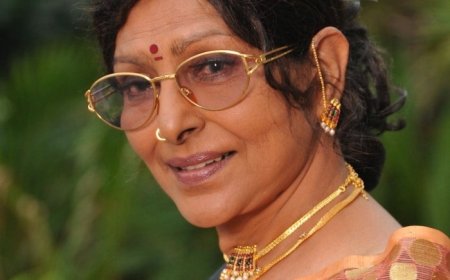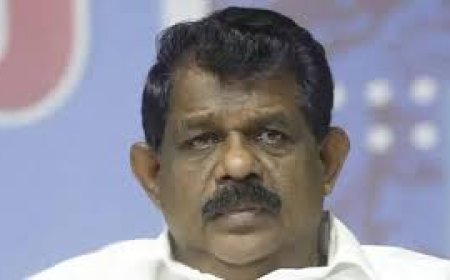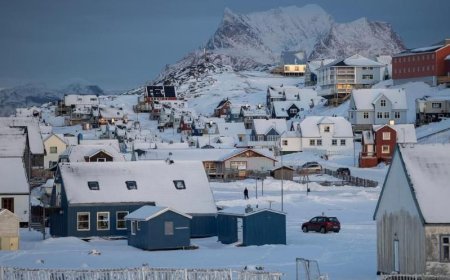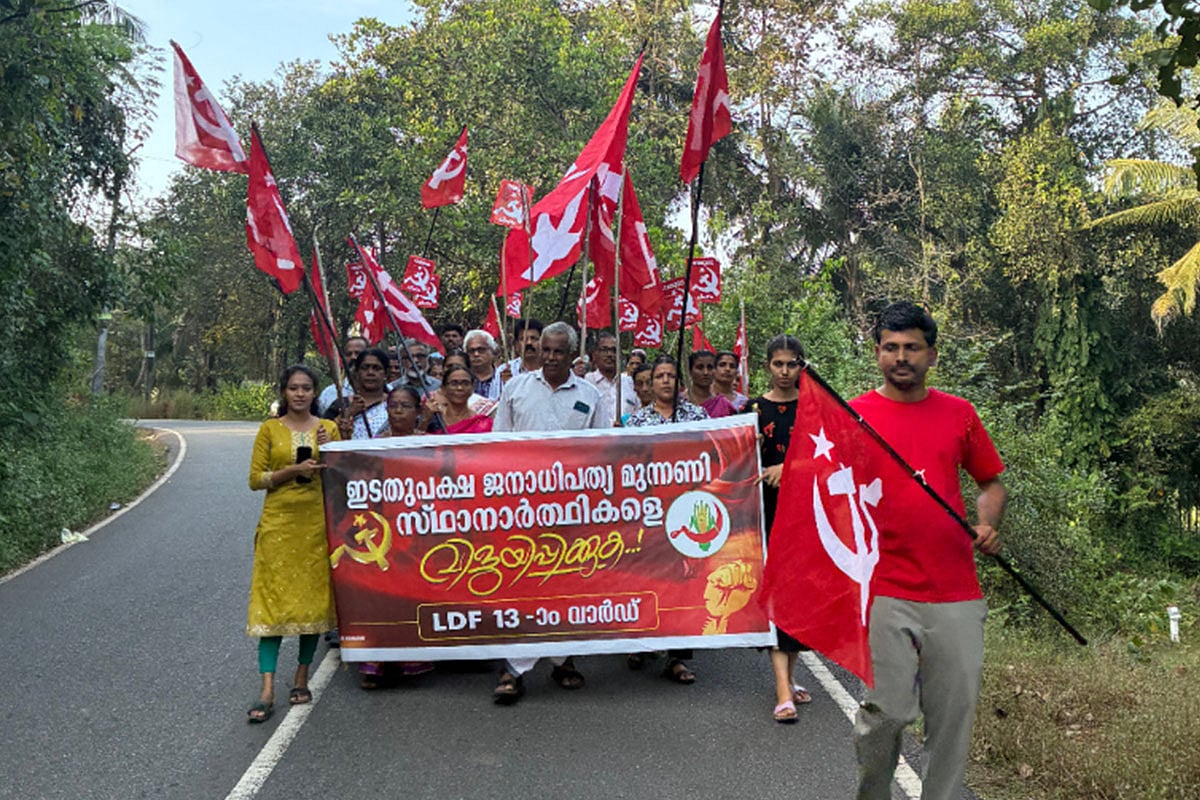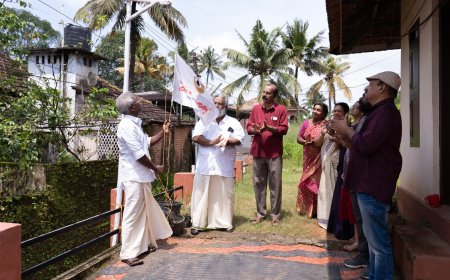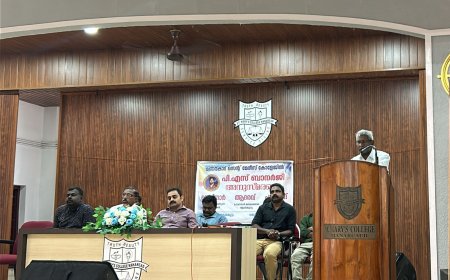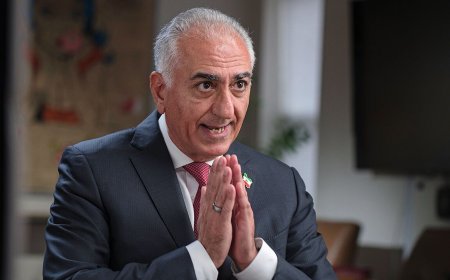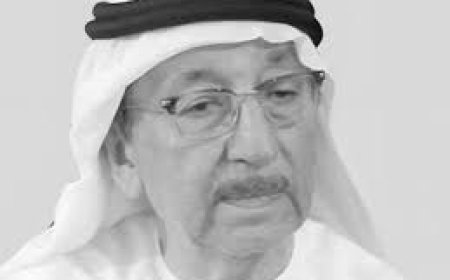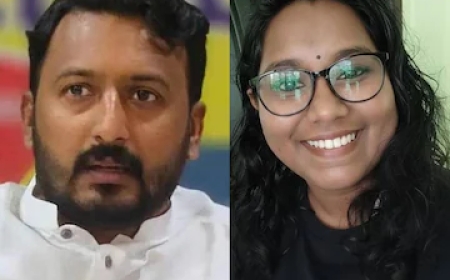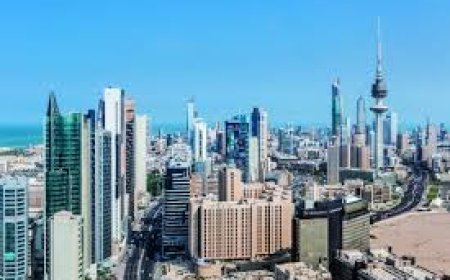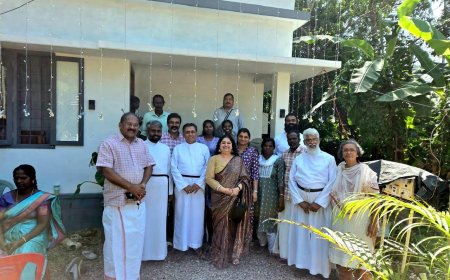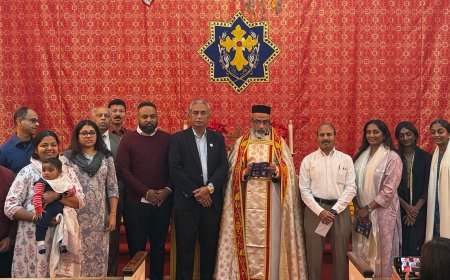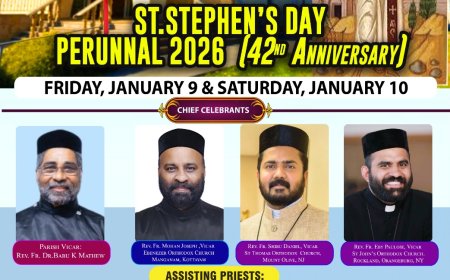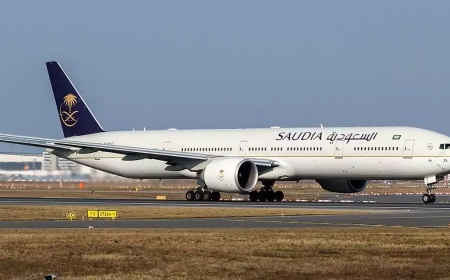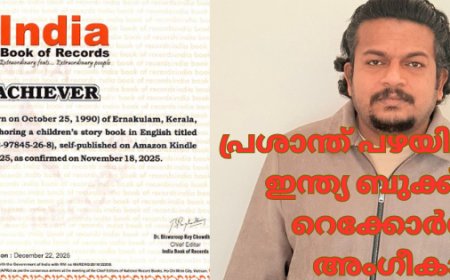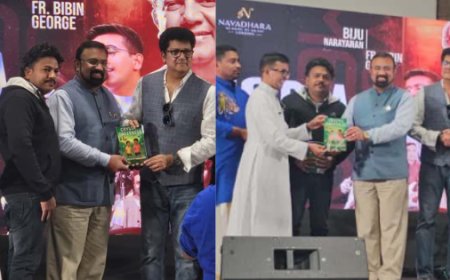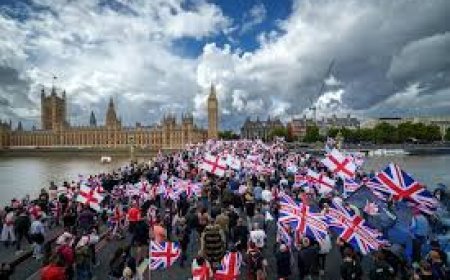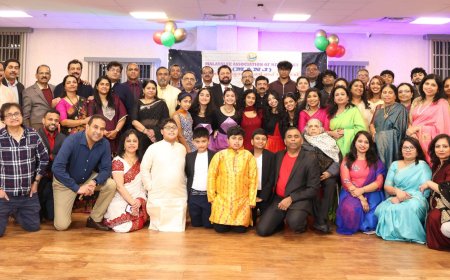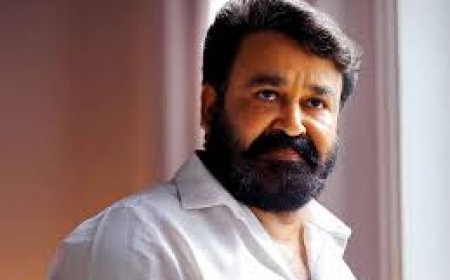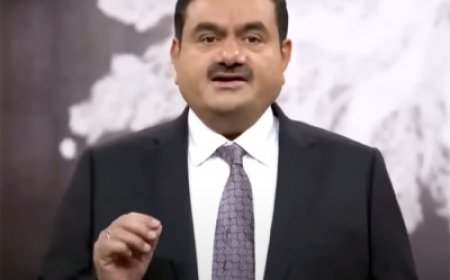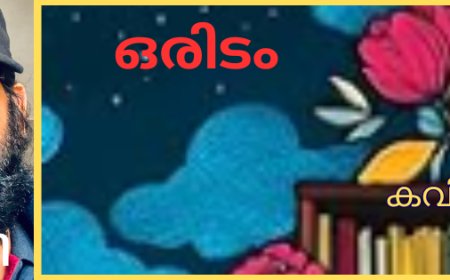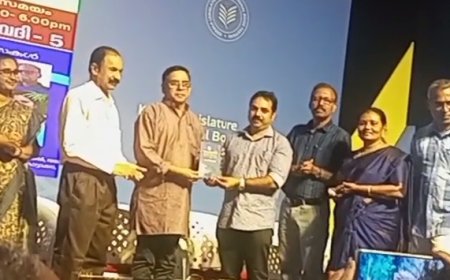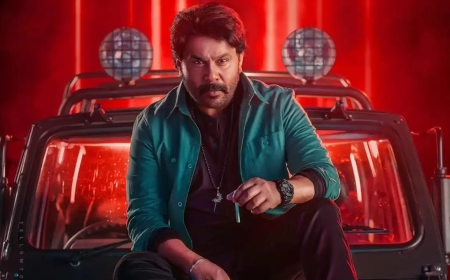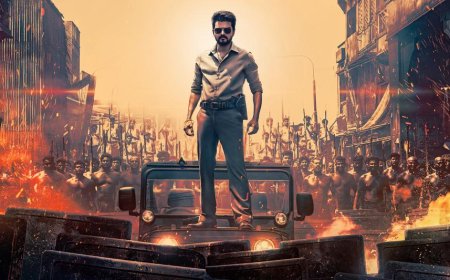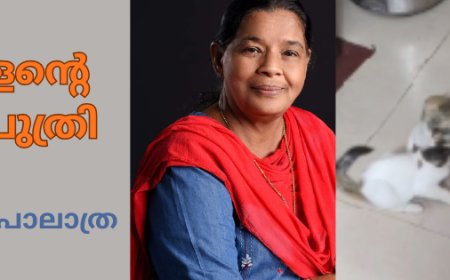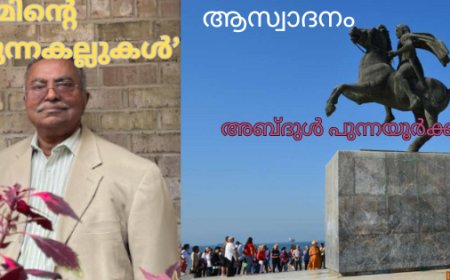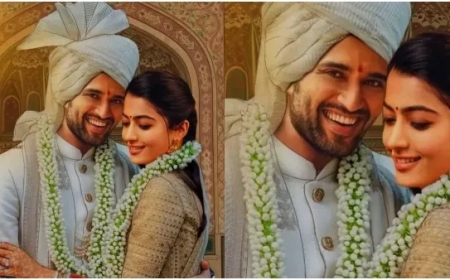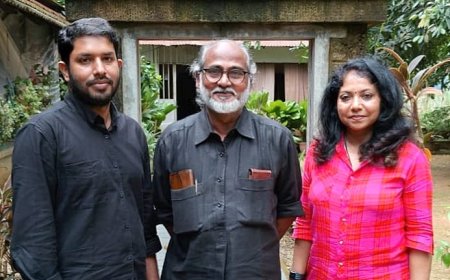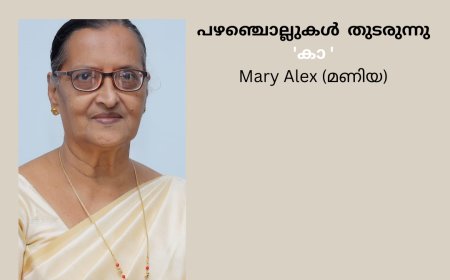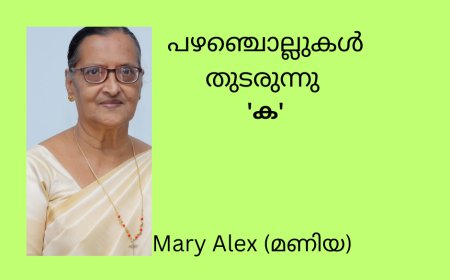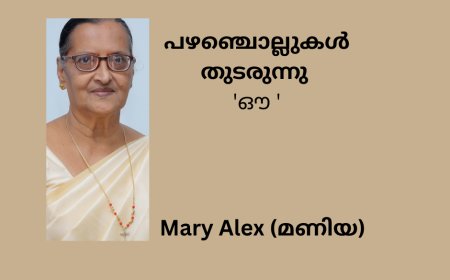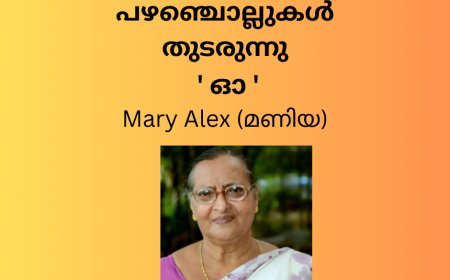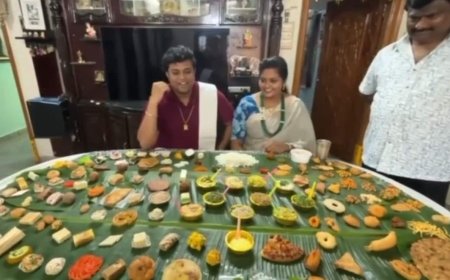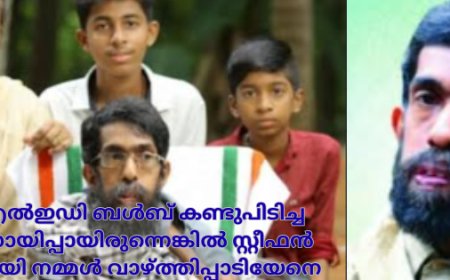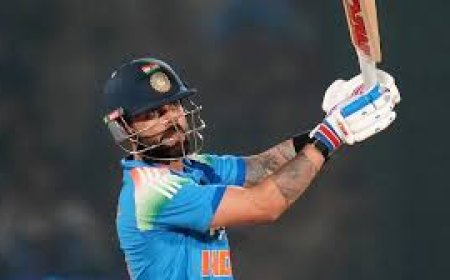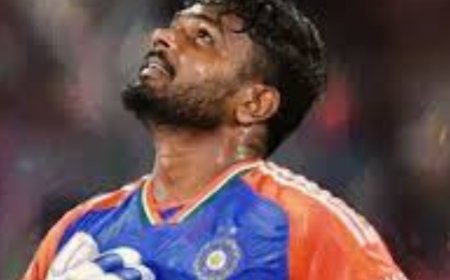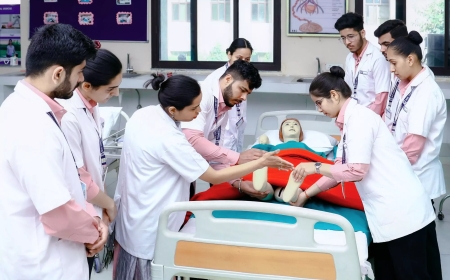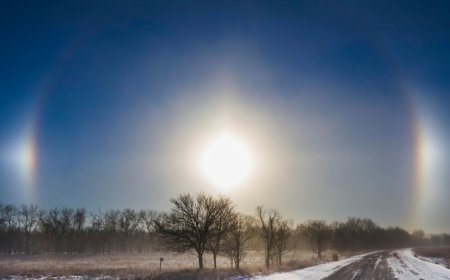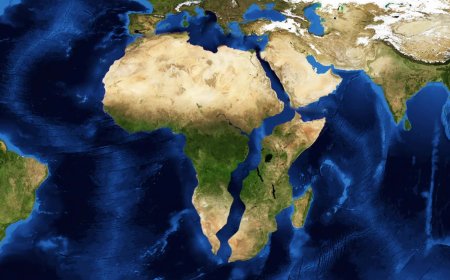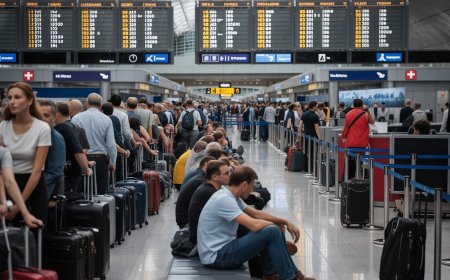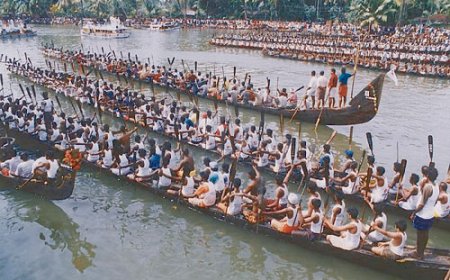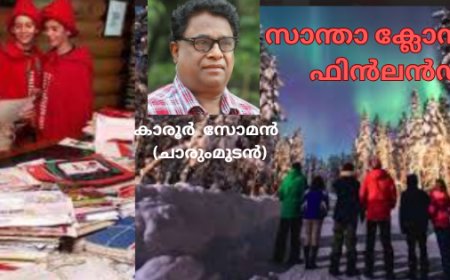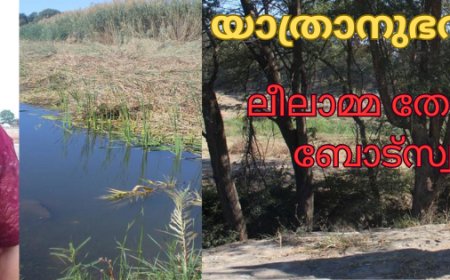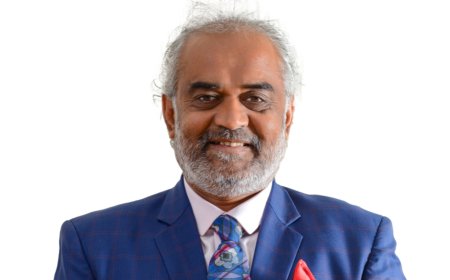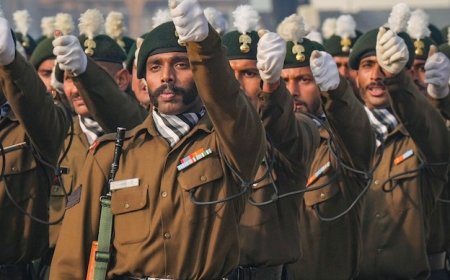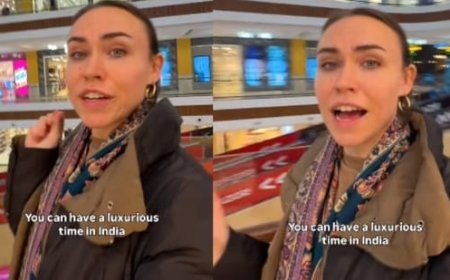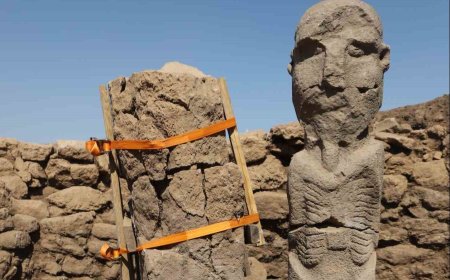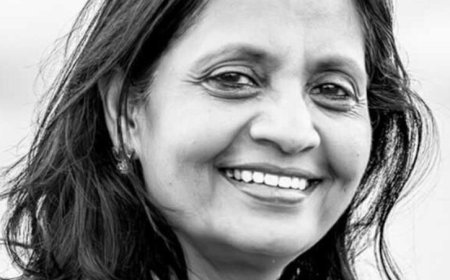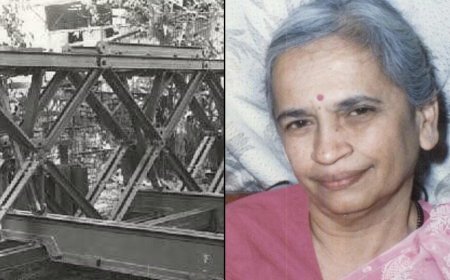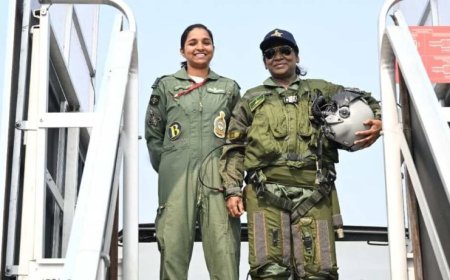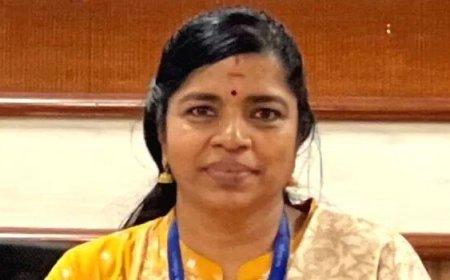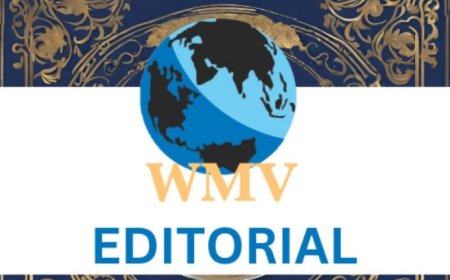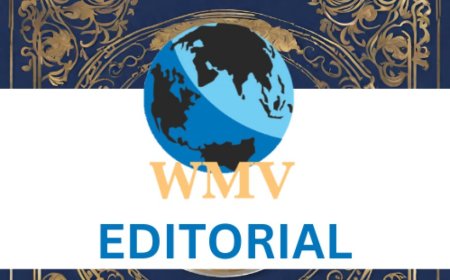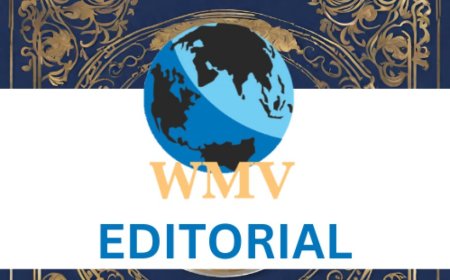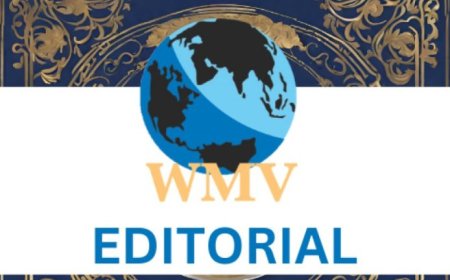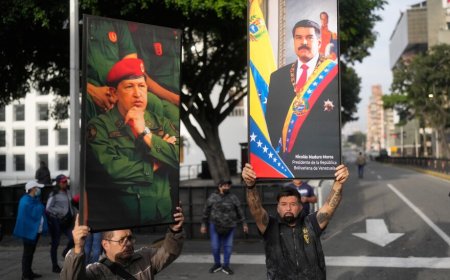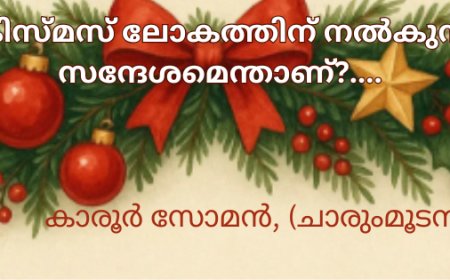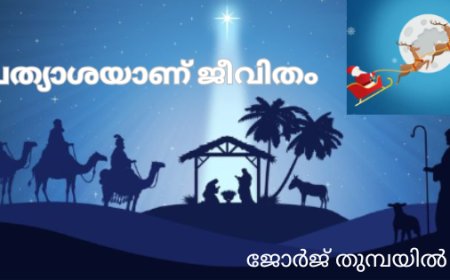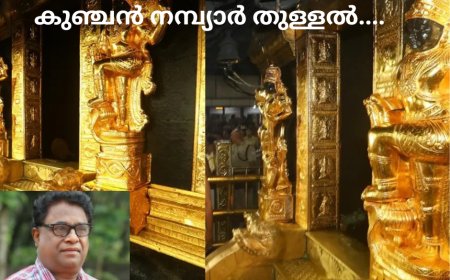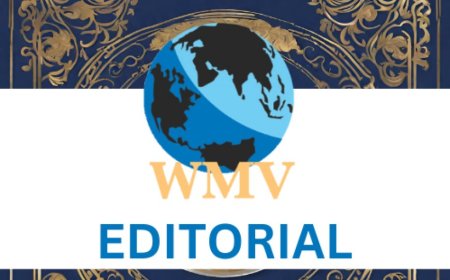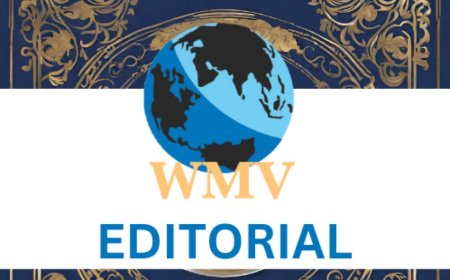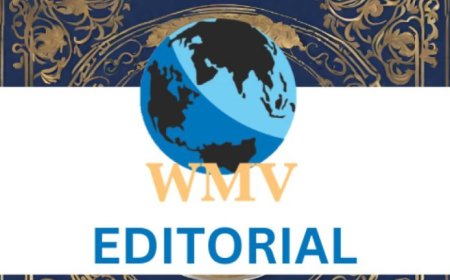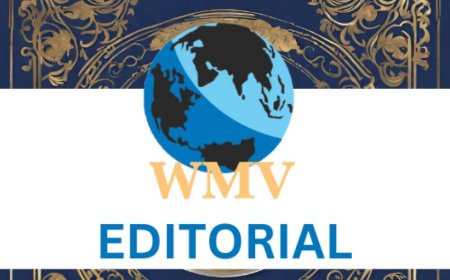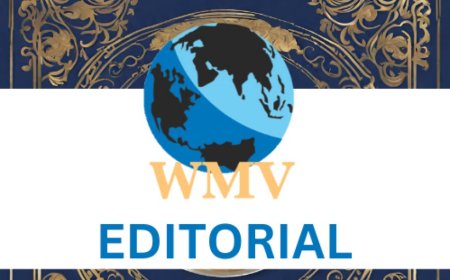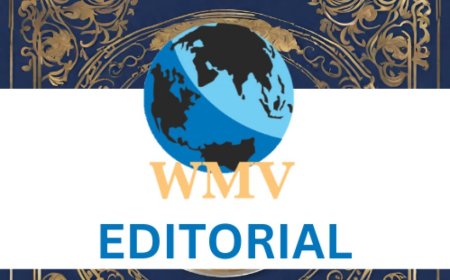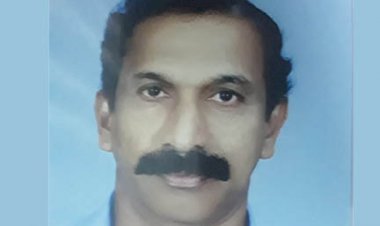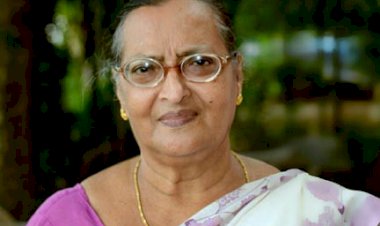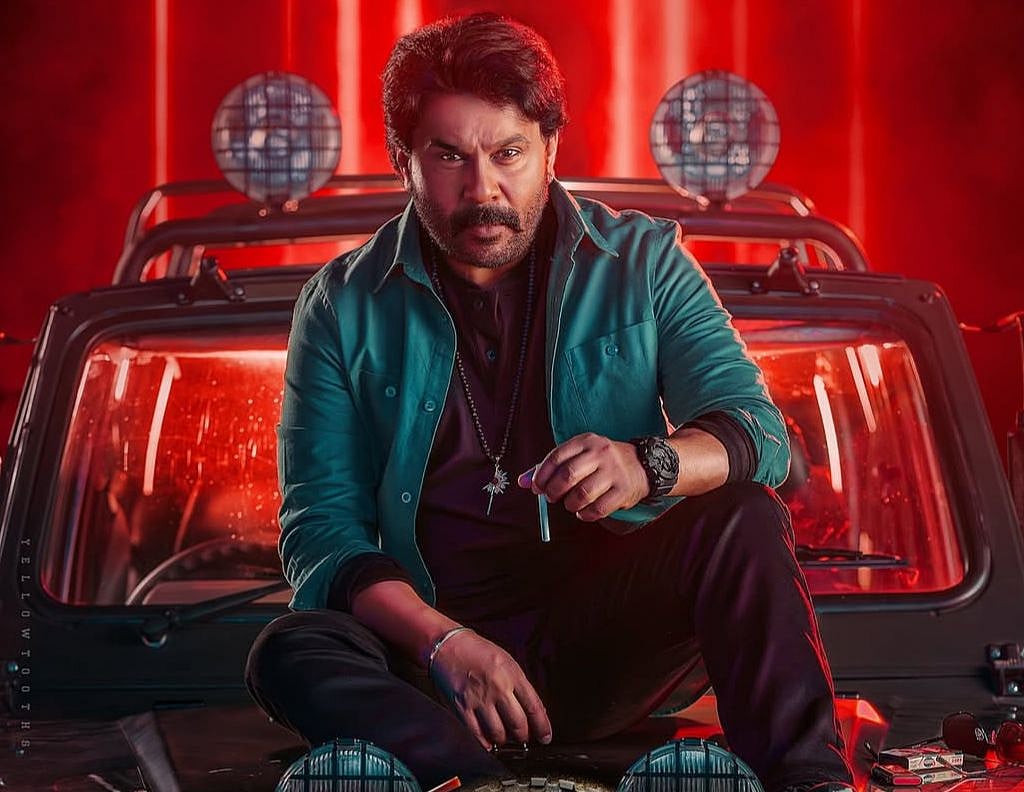Multi-ethnic, multicultural societies

IN India we grew up in a multi-racial, multi-cultural, multi-lingual, multi-traditional, multi-religious, multi-tribal and multi-caste society. While growing up, we never knew that it was much different from growing up in most other countries except maybe Sri Lanka, Burma or countries with a similar culture.
We never knew or experienced another culture or society. It was an amazing lifestyle that we considered normal. We were all misled by those traditions of caste society, poor people are normal and so-called low-society people never knew that what we were doing was bad and that we were misled.
The democratic socialism that India followed tried to help the misfortunate, mistreated and misunderstood through reservations for higher education and government appointments, equal treatment in public areas and other revolutionary changes by communist and other socialist State governments.
Even though the caste system and ill-treatment still exist, there are lots of changes. In many cases, equal opportunities are there. But the rich get more preferences and advantages and the poor still struggles. Cast system and religious divisions continue to define many rural societies. India has a long way to go from this caste, racial, economic, religious, language and cultural diversities resulting in social divisions.
Even though the divisive characteristics are unique in India, similar social divisions are there in most other countries. Among the US population, 58.2% is white, 11.6% is black, 19.0% is Hispanic and 5.7 % is Asian and 0.5% Native American. This evolution of the current population started from all Native Americans in 1500 to 1600, after which colonization happened, many native Americans were killed, mainly white British and Europeans migrated, then Hispanic South Americans and along with Black Africans, who were brought as slaves.
European whites continue to migrate to the US, Irish, British, Scottish, Dutch, French, German and later Italians. The population started becoming multiethnic. After the American civil war between North and South over slavery, states’ rights and westward expansion from 1861 till 1865 and the Emancipation Declaration by President Abraham Lincoln in 1862 ending slavery US history started changing.
In the 1900s America started accepting immigrants from all over the world. The US now has people from all over the world especially in big cities like New York, Los Angeles, Chicago and Atlanta. The US now has a multiethnic multicultural society in most of the urban areas.
In sociology, multiculturalism means ethnic pluralism in which various ethnic groups collaborate and enter into a dialogue with one another without having to sacrifice their particular identities. Indian Americans maintain their identity and culture. Among Indian Americans, every ethnic group like Malayalees, Bengalis and Tamils maintains its separate identity and culture. Still, Black Americans complain about racial prejudices and ill-treatment by white Americans.
In multiethnic societies, people of various ethnic groups have their own different historic identities and ways of life and they cohabit with other ethnic groups with mutual respect. Around the world, more countries with multiethnic or multicultural societies have evolved because of globalization and technological advancements. In the Indian subcontinent, communalism has been employed to refer to ethnic and related divisions and tensions.
Racism and ethnicity are two different things. Similarly, tribalism also is different from ethnicity. What is dividing Whites and Blacks, Blacks and Hispanic and Hispanic and Asians is not ethnicity, but racism in the US. It is the same in European countries also. In most countries, one ethnic group dominates the rest. But in the US, where the majority are white people, they belong to different ethnic groups like Irish, British, Italian, German, French, Rumanian, Swedish etc.
A similar situation exists in Indian society; all belong to the same racial group, but different cultural, ethnic, religious, regional and tribal groups.
There are 195 countries in the world and 193 of them are UN members. Vatican City is the smallest country with 510 inhabitants followed by Pacific islands countries, Tuvalu (11,312), Nauru (12,668) and Palau (18,055).
Other small countries are San Marino (33, 6600, Monaco (36,469), Liechtenstein (39,327), Marshal Islands (41,569), Saint Kitts and Nevis (47,657), and Greenland (56,466). The most populated country in the world is China with 1.4 billion followed by India with 1.2 billion.
Papua New Guinea, an island country in the southwestern Pacific Ocean, encompasses the eastern half of New Guinea, the world’s second-largest island and the western half is made up of the Indonesian province of Papua. It is a constitutional monarchy with the British King as head of State. It is situated north of Australia.
Papua New Guinea has the most tribal culture. Among the population of 7 million, there are more than 850 languages and 600 distinct tribes. Many tribes are living in the forest cut off from each other and the outside world. For 100s of years, cultures and traditions vary for each tribe. They maintain their indigenous culture and traditional costumes. Even though this is a multi-tribal country, there is no cohesive community here.
We can see that in every small and big nation in the world, social or community life is unique or different.
In democratic India like in other democratic systems, the political parties try to take advantage of the racial, ethnic and religious divisions in the community.
To make sure multiethnic and multicultural societies flourish, the democratic government should promote populism and the common good. It is time that Indian political leaders stop using racial, language, religious, ethnic and cultural diversities for political advantage. India is a beautiful country of different cultures, values, lifestyles, food habits, traditions, folk arts and languages. Let us work towards building a cohesive society of ethnicity and cultures living together.
